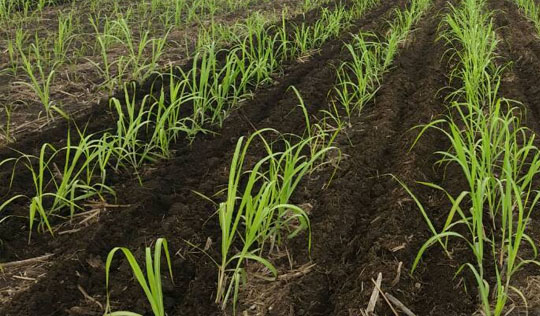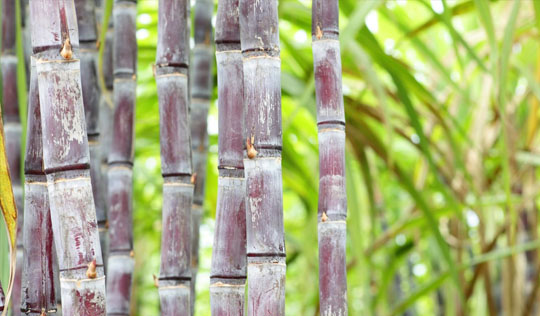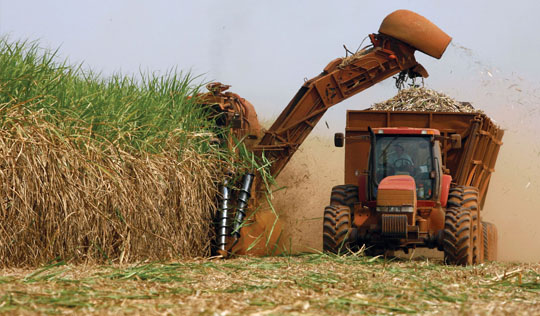14-B, Annamalai Layout,
Post Box No.905, Erode.
Deficiency Symptoms
Zinc deficiency symptoms appear at early stage (usually 35 to 40 days after germination) of sugarcarJe growth. The initial symptoms start as loss of green colour (chlorosis) from the base of lower leaves which later spread upwards. The young leaves are completely chlorotic and soon develop brown patches (necrosis) from the tip downwards (Plate 1 & 2).





